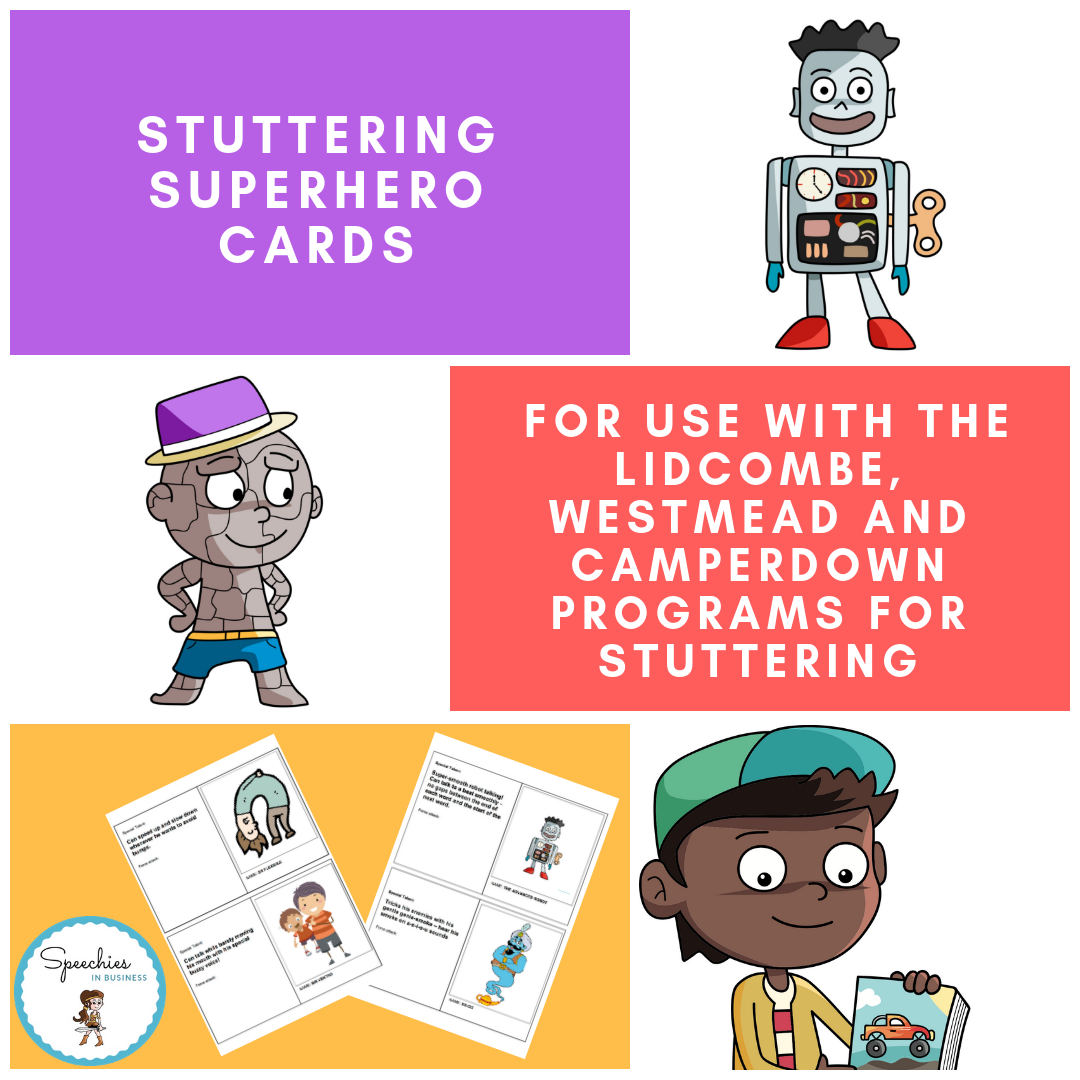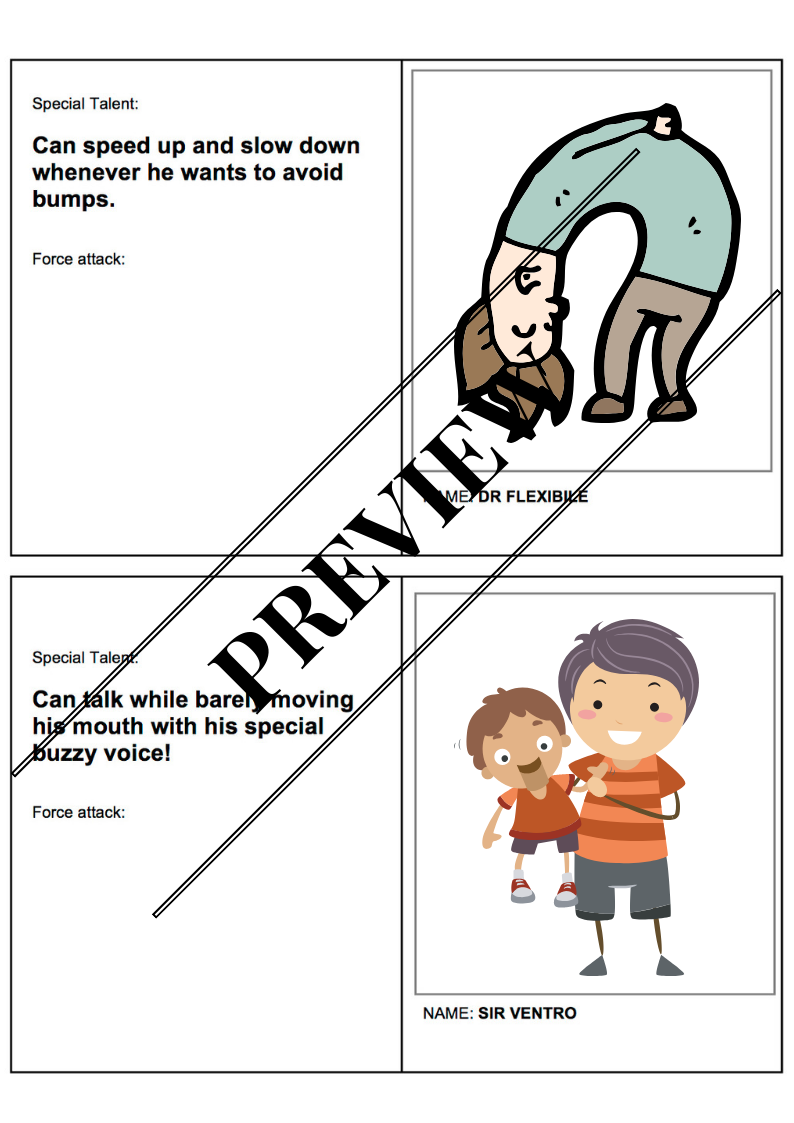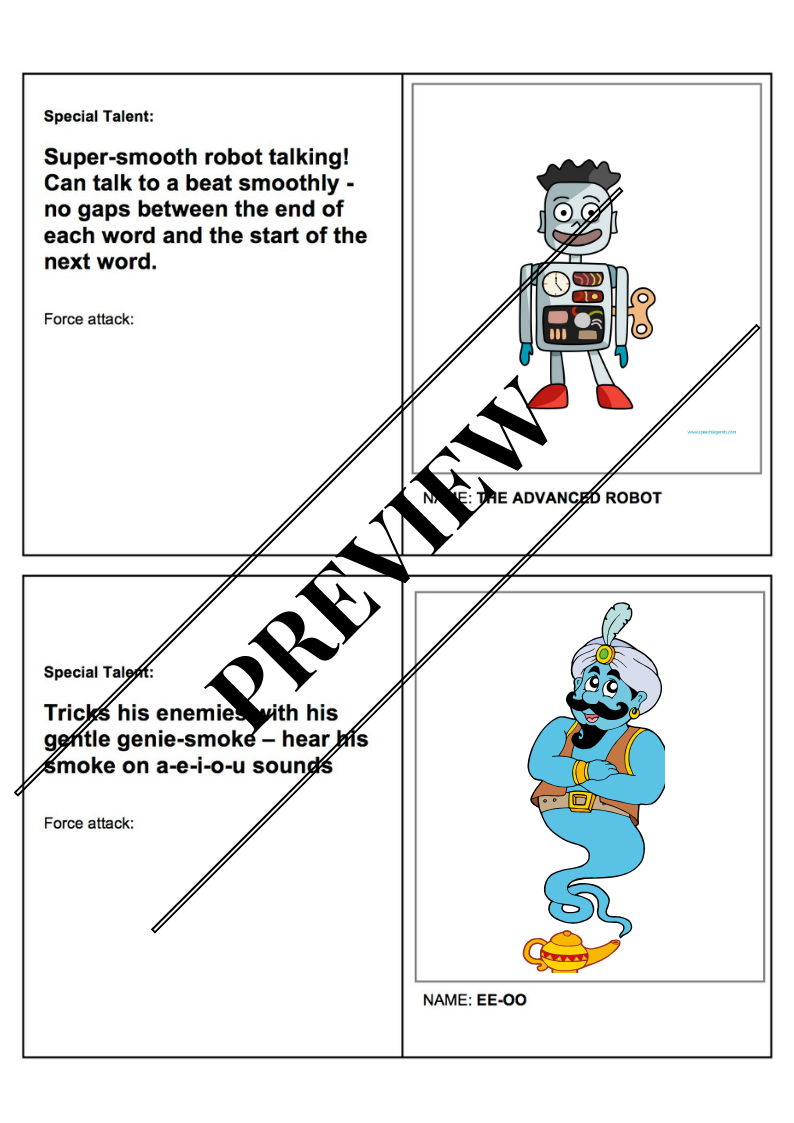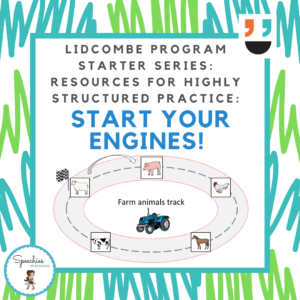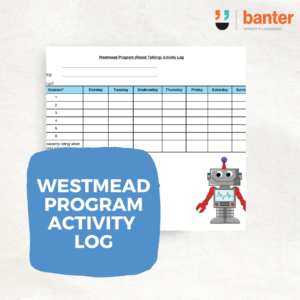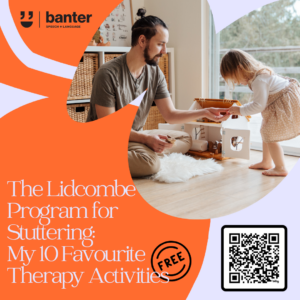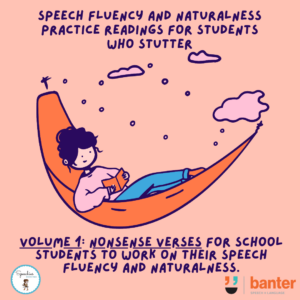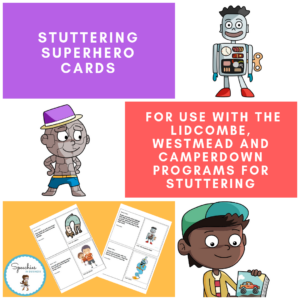(S114) Stuttering Superhero Cards
$5.99 including GST
For school kids, one aim of stuttering treatment is to help them to “own” and manage their fluency to maximise participation at school and in life, generally.
With school age-kids who stutter (and highly verbal preschoolers), we’ve been using trading cards to help underline and talk about different speech behaviours known to be compatible with increasing fluency and a sense of control.
We encourage kids and their families to edit, redesign, and rename the characters as they see fit to make them as relevant and interesting as possible. The cards are in PDF and Word formats and are editable.
Description
School-aged kids who stutter can be tricky to treat and it’s important to have lots of tools in your therapy box to help out. In our clinic, we use several evidence-based treatments, including the Lidcombe Program, Westmead Program, the Hybrid Westmead/Lidcombe Program, Self-imposed Time Out, Video-Self Modelling, and the Camperdown Program. But, as kids get older, their stuttering can become more resistant to treatment, and, overall, the treatments available to date are not as effective as preschool treatments.
For school kids, one aim of treatment is to help them to “own” and manage their fluency to maximise participation at school and in life, generally.
With school age-kids who stutter (and highly verbal preschoolers), we’ve been using trading cards to help underline and talk about different speech behaviours known to be compatible with increasing fluency and a sense of control. Each trading card represents a different speech behaviour, including:
-
- syllable timed speech;
- gentle onsets of vowels;
- light contacts, particularly for ‘stop’ sounds (like /b, p, t, d, g, k/);
- voluntary stuttering;
- flexible rate; and
- pausing.
Of course, every child who stutters is different; and every child stutters differently. Many children stutter differently in different places with different people. And kids who stutter find different behaviours (or combinations of behaviours) more or less useful to help them to speak fluently. We have set up the trading cards so that clients/students can assign points to each card based on how useful they find them.
We encourage kids and their families to edit, redesign, and rename the characters as they see fit to make them as relevant and interesting as possible. The cards are in PDF and Word formats and are editable.
We also encourage our clients to create additional characters describing things that they have found helpful to speak fluently in different places with different people. For this reason, we’ve included some blank cards so you can get creative.

